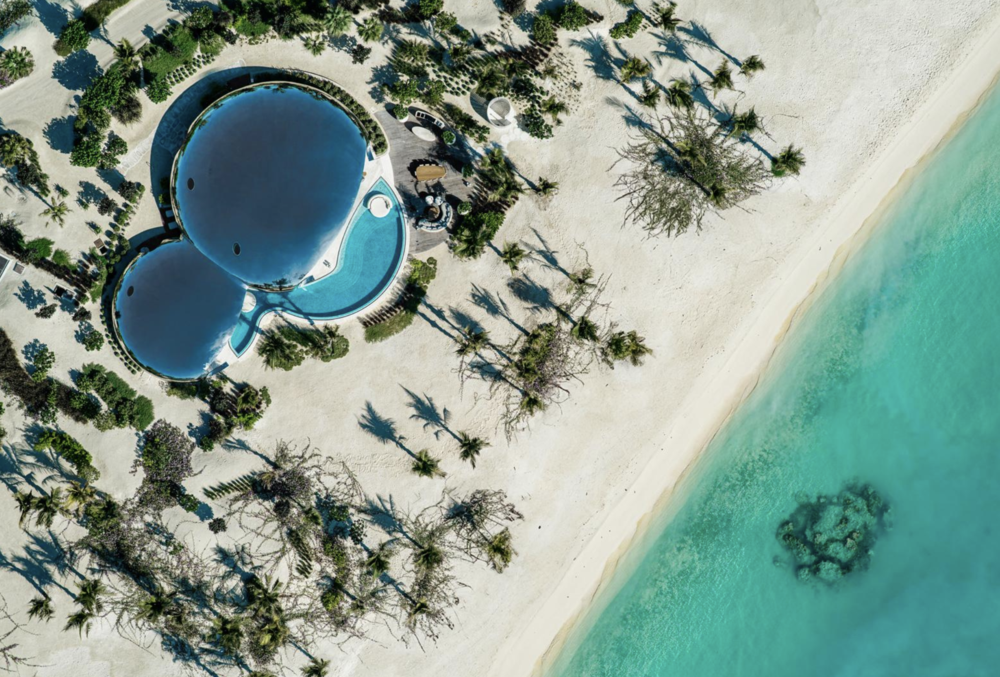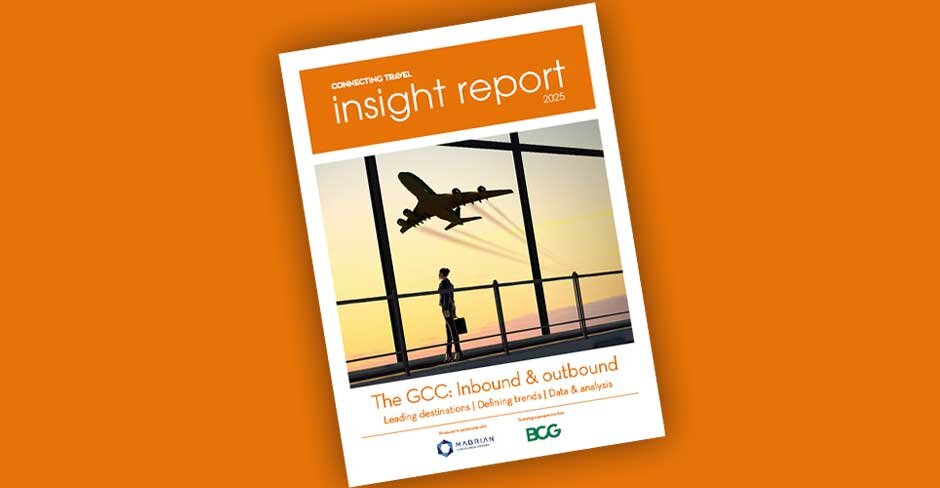Dubai, Doha, Manama and Cairo among favoured destinations
Data from Saudi Arabia-based travel company Almosafer shows Saudi residents are travelling more in 2025.
Domestic travel and travel within the Middle East and North Africa (MENA) each account for 42% of trips made, with the remaining 16% being international trips.
Domestic bookings increased by 4% year-on-year, while travel within the MENA region grew by 14%, and international bookings outside the region rose by 11%.
Almosafer says Saudis are enjoying more staycations as more events, new developments, hotels and resorts and unique experiences boost demand. Destinations such as Taif, AlUla (pictured) and the Red Sea are trending as people seek cultural and nature-based escapes.
Domestic travel is expected to rise further, as new hotels, resorts and experiences debut, with Desert Rock and the award-winning Shebara Resort now open and Shura Island and Amaala Triple Bay on the Red Sea both set to debut this year.
 Shebara Resort, Red Sea
Shebara Resort, Red Sea
Within the Middle East, Dubai, Doha, Cairo and Manama are proving the most popular. Top choices for long-haul are Istanbul, London, Paris and Phuket.
Emerging destinations finding favour with Saudi travellers include Thailand's capital, Bangkok, Amman in Jordan, Moscow in Russia and European cities Milan, Madrid and Prague.
Solo travel is on the rise globally and Saudis who travel alone account for 53% of flights across the business and leisure sectors, with strong growth in long-haul destinations. Room nights booked by solo travellers grew 23% for international markets.
Family travel remains a focus, accounting for 16% of flights, and especially within the MENA region, and data shows families are staying longer here, with a 23% increase in average trip length.
RELATED:
Saudi Arabia pushes summer destination credentials at ATM
Nammos Resort to open on Saudi’s Red Sea coast
Two Saudi spots among ‘world’s greatest places’ for 2025
Saudi travellers still have a passion for luxury, with more than 75% of room nights booked in four- and five-star properties. However, low-cost-carriers and the easing of visa restrictions are inspiring travel to new destinations and accommodation preferences, with more of a focus on serviced apartments and holiday homes, which saw demand rise 21% in international markets.
The rise of low-cost-carriers such as Flynas is also impacting how Saudi’s travel, with a noticeable preference for full-service airlines on shorter routes and budget airlines on longer haul.
Full-service carriers gained domestic market share, up 24% year-over-year, while low-cost-carrier flights declined 6%. For international, long-haul travel, low-cost-carriers saw a 35% increase in volume, while full-service carriers dipped by 8%.
“The continued growth in travel demand across domestic, regional and international markets reflects a robust appetite and confidence for exploration among Saudi travellers,” said Muzzammil Ahussain, CEO at Almosafer, part of Seera Group.
“We’re seeing a clear shift towards value, flexibility and personalised experiences, whether it’s through choosing alternative accommodations, mixing and matching flight options, or leveraging mobile-first payment methods.”
For more information, visit www.almosafer.com
DOWNLOAD OUR FREE 76-PAGE CONNECTING TRAVEL INSIGHT REPORT TODAY


_w=940_h=488_pjpg.jpg?v=e5490446)



_w=640_h=335.png?v=e5490446)
_w=640_h=335_pjpg.jpg?v=e5490446)
_w=640_h=335_pjpg.jpg?v=e5490446)
_w=640_h=335_pjpg.jpg?v=e5490446)